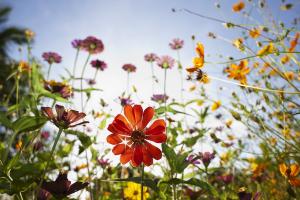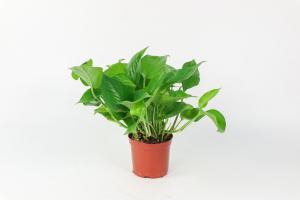Introduction
Indigo plant is a type of herbaceous plant that has been used for various purposes since ancient times. It is known for its vibrant blue color, which is used for dyeing different textiles. Indigo plant has been used for centuries, and its importance has been recognized in many cultures.
History
Indigo plant has a long history of use in many cultures, including ancient Egypt, India, and China. It was also used in many Native American cultures. In ancient Egypt, indigo was used for medicinal purposes, while in India, it was primarily used for dyeing clothes. The dyeing process became so crucial to India's economy that it led to the famous Indigo Rebellion in the mid-19th century.
Types of Indigo Plant
There are several species of indigo plant, including Indigofera tinctoria, Indigofera suffruticosa, and Indigofera arrecta. These species are native to different regions of the world, including India, China, and Africa. All these plants contain the same organic compound, indigo, which is what gives them their dyeing properties.
Uses of Indigo Plant
Indigo plant is most commonly used for dyeing various textiles, including clothes, scarves, and fabrics. Its blue dye is particularly popular in the fashion industry and is often used as an alternative to synthetic dyes. Apart from its use in textiles, indigo has also been used for medicinal purposes in some cultures. It is believed to have anti-inflammatory properties and has been used to treat various ailments such as skin diseases and digestive disorders.
Cultivation of Indigo Plant
Indigo plant is relatively easy to cultivate and grows well in tropical and subtropical regions. The plant can be grown in a variety of soils, including sandy and loamy soils, and requires adequate amounts of water and sunlight. Indigo is usually harvested two to three times a year, and the leaves are then fermented to extract the indigo dye.
Conclusion
Indigo plant has been an important part of various cultures for centuries. Its blue dye is still popular today and is used in various industries, including fashion and textiles. The plant's easy cultivation and versatility make it an attractive option for farmers and hobbyists alike. As we continue to seek natural alternatives to synthetic dyes, indigo plant's importance is likely to increase.

 how many times do yo...
how many times do yo... how many planted tre...
how many planted tre... how many pine trees ...
how many pine trees ... how many pecan trees...
how many pecan trees... how many plants comp...
how many plants comp... how many plants can ...
how many plants can ... how many plants and ...
how many plants and ... how many pepper plan...
how many pepper plan...




























